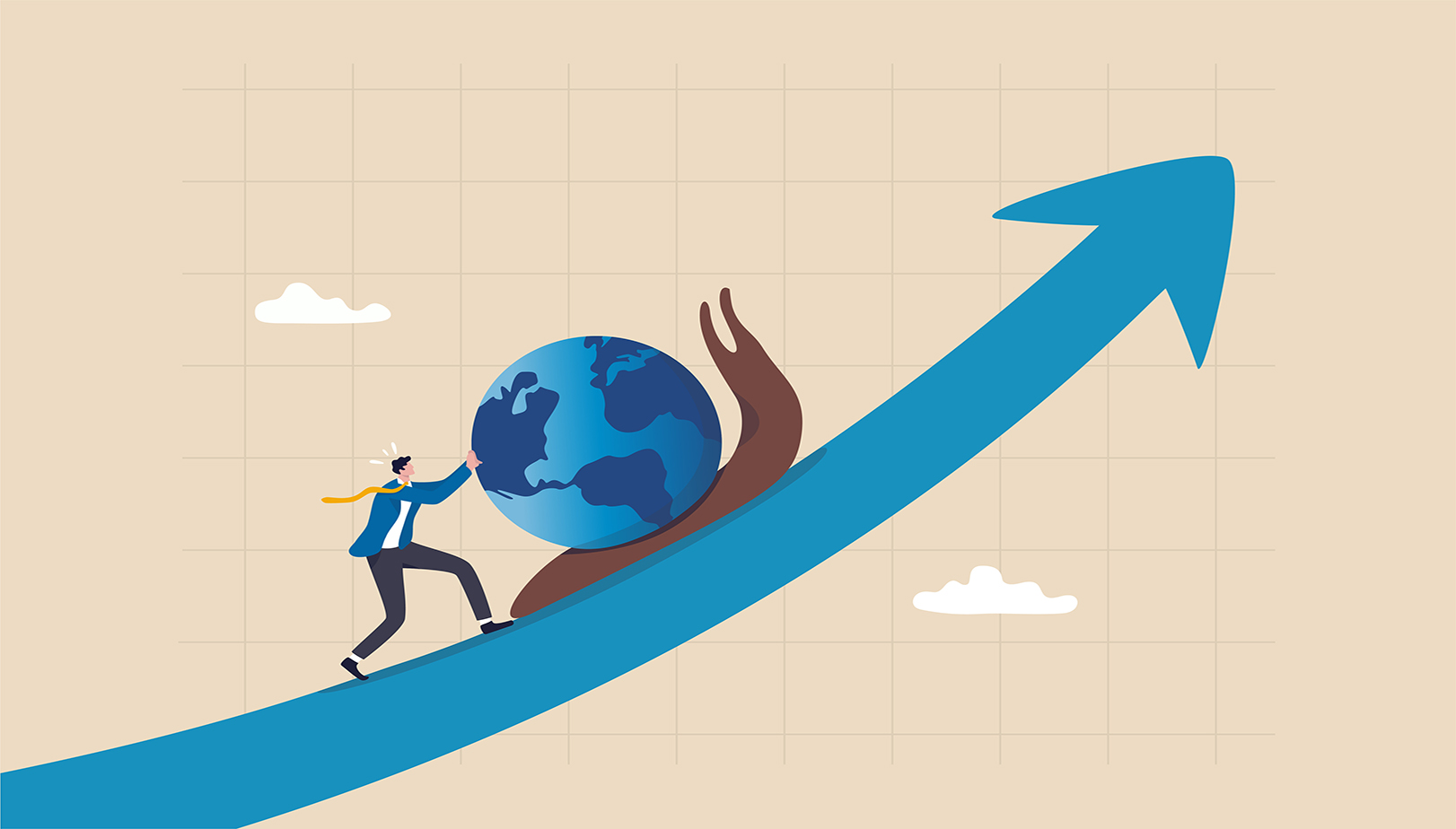Investors are all too familiar with the risk of inflation eating away at the purchasing power of their portfolios. But what about the risk of stagflation?
Stagflation is a period of slow economic growth and high inflation. It can erode the value of portfolios, particularly those heavily invested in stocks and other assets sensitive to economic growth.
Fortunately, there are ways to mitigate the risk of stagflation. One is to invest in alternative assets such as private equity, which can perform well in a low-growth environment.
In this article, we’ll take a closer look at the risk of stagflation and how alternatives can help investors weather the storm.
The history of stagflation
The roots of stagflation can be traced back to the end of World War II. America had emerged from the war as the world’s dominant economic power. But, as other countries began to rebuild, they challenged America’s supremacy. This was compounded by the fact that America’s domestic economy was beginning to show weakness.
In response to these challenges, America’s government pursued a policy of Keynesian economics. This meant stimulating the economy through government spending. While this may have kept the economy afloat in the short term, it led to ballooning budget deficits and high inflation.
The oil shocks of the 1970s were the final straw. America depended heavily on imported oil, and the economy went into a tailspin when prices spiked. Families struggled to make ends meet, and there was a general feeling of economic malaise.
It wasn’t until the 1980s that America began to recover from stagflation. The policies of President Ronald Reagan helped to turn the economy around and set the stage for a period of sustained growth. However, the scars of the stagflation era were deep, and many families never fully recovered from the financial hardships they endured.
The risks of stagflation today
The US consistently sees 40-year-highs in inflation, at a 9.1% clip. Moreover, US GDP fell at a 1.6% pace in the first quarter, below analyst expectations of a 1% gain. At the same time, worker productivity fell 7.5%, representing the fastest decline since 1947. In the second quarter, the economy fell another 0.9%.
Deutsche Bank and the Bank of America warned of a potential recession. Even more optimistic projections have the odds of a U.S. recession at near 50% in the next two years, up from 35%.
Stagflation isn’t just about high inflation and low economic growth. It’s also about low returns on many investments. In a stagflationary environment, bonds offer little protection. They can lose value as inflation erodes the purchasing power of fixed payments. Similarly, stocks tend to underperform in stagflationary periods. This is because high inflation reduces corporate profits, while at the same time, high-interest rates make it more expensive for companies to borrow money.
Investors who are looking to preserve their capital would be wise to consider alternatives, such as private equity, which has the potential to perform well in a poor economic environment. As Bain describes, “in the decade following the dot-com crash, the PME index’s annual return fell to 0.08%, while private equity maintained a 7.5% average.”
Gridline enables investors to access a curated selection of professionally managed alternative investment funds. This exposes non-public assets with lower capital minimums, transparent fees, and greater liquidity. Gridline’s mission is to open up access to top-quartile private market alternative investments, which can perform well in a low public market return environment.
